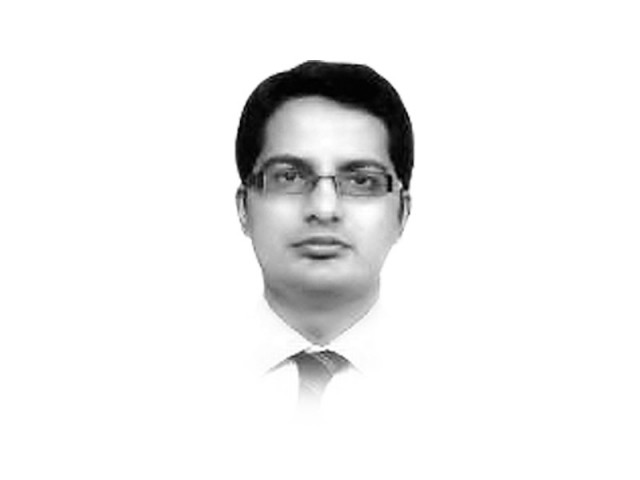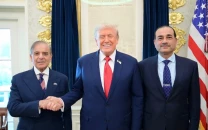Pakistan’s economy — between autocracy and democracy
Effects of economic performance in military rule not filtering on to civil rule indicates performance was an anomaly.

The question of the effectiveness of a democratic system in Pakistan has raised its head once again. Subversive voices are going as far as to fondly recollect the heady days of political and economic stability under military regimes. The contrarians, however, plead for persisting with the oft-maligned democratic set up. Democracy’s value as a purveyor of human rights, social justice and freedom of expression is recognised world over, but can it deliver economic progress to a diverse and divisive nation? This debate is not going to go away any time soon. It is, therefore, worthwhile to evaluate the economic performance of the country during democratic and military regimes.
In terms of macroeconomic performance, the country has fared considerably better during military rule. Economic growth during military regimes averaged 6.1 per cent compared to four per cent during civilian regimes. Just to comprehend the quantum of this seemingly small difference, the flood of 2010 that affected two-thirds of the country’s districts, is estimated to have affected GDP growth by two percentage points. Although all three sectors of the economy — agriculture, industry and services — performed better during military regimes, the industrial sector has been the biggest beneficiary of the military muscle and has recorded twice as much growth compared to that achieved under civilian rule. Similarly, the current account balance has historically been healthier during military regimes.
The effect of the stronger macroeconomic performance during military regimes did, in fact, translate into something more meaningful for ordinary citizens. The average level of inflation during civilian rule has been almost double that under military rule. However, the percentage of population living below the poverty line did not differ significantly.
On the matter of resource generation (tax as a percentage of GDP), civilian governments have posted better results, which is contrary to the general myth perpetuated by opinion-makers. In spite of better resource generation, the real problem arises due to resource utilisation where the the poorly-disciplined approach of civilian governments led to higher non-development expenditures.
Military regimes have usually been ushered into the country on the pretext of out-of-control corruption under civilian leadership. Transparency International’s Corruption Perception Index, although not a tool for systematic temporal comparison, is the most widely accepted metric to measure the level of corruption. Pakistan’s scores on the corruption index during military and civilian governments are more or less the same. This goes against the commonly-held belief that matters of the state are more susceptible to financial wrongdoings during civilian rule.
The metrics discussed above are important in the sense that they provide an insight into the economic performance of the country. Yet, the area that is truly representative of a government’s priorities is social sector development. Expenditure on public health and education programmes during civilian rule has been slightly higher compared to that under military rule. However, irrespective of the form of government, public expenditure on health and education remains very low compared to international benchmarks.
The efficiency and organisation of the government apparatus during military rule has certainly brought dividends to the country on the macroeconomic front. It can, however, be argued that this is partly due to the stability and longevity of the military tenures; a luxury not afforded to the civilian leadership in the country. Owing to the nature of dictatorial rule, one would expect the military leaders to initiate politically unpopular, yet economically desirable projects — a difficult proposition in democratic regimes that are susceptible to political pressure of allies and interest groups. Furthermore, the effect of economic performance during military rule did not filter through into the civilian rule indicating that the performance was an anomaly rather than a structural trend. The biggest insight of political priorities lies in the social sector, which has seen very little credible development irrespective of the identity or form-factor of the government in power.
The country’s current misfortune is due to both the civil, as well as the military leadership, who have demonstrated no appetite for sustainable change, economic or social. Alternating between the two power groups has not helped either. Although democracy is the way forward for the country, it needs an agreement on basic framework for economic and social management. The onus is on the mainstream political forces to define the fundamentals of a sustainable and effective framework for Pakistan’s economic management. This is a prerequisite to creating future dividends, both at macroeconomic front and for the people of Pakistan.
Published in The Express Tribune, February 14th, 2012.















COMMENTS
Comments are moderated and generally will be posted if they are on-topic and not abusive.
For more information, please see our Comments FAQ